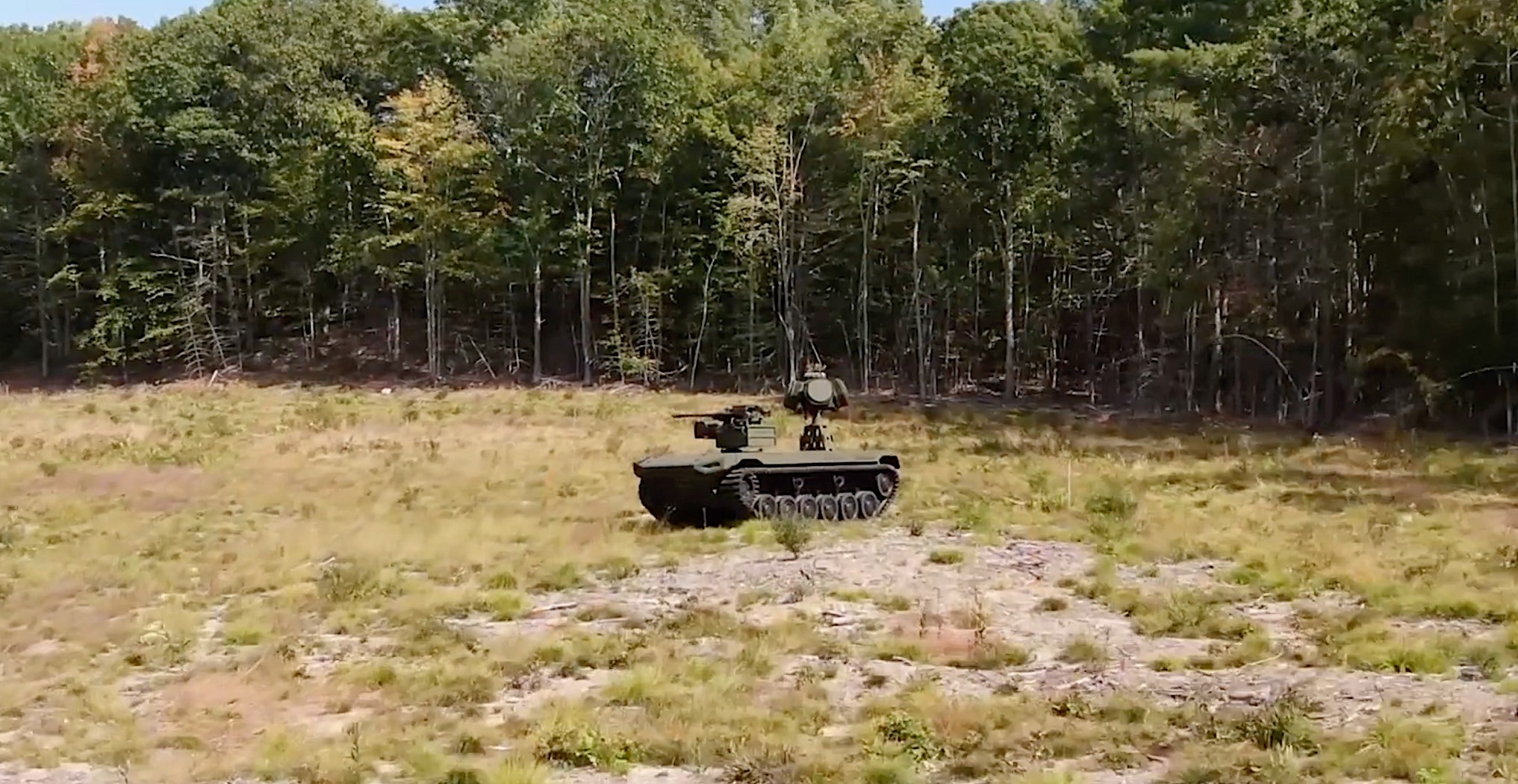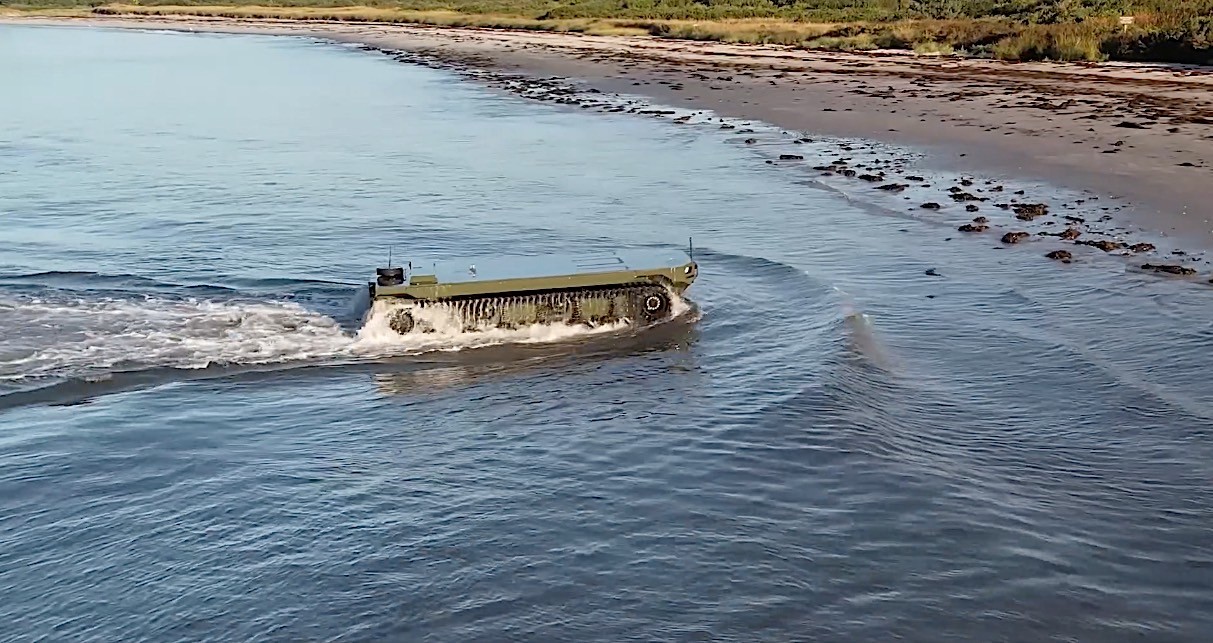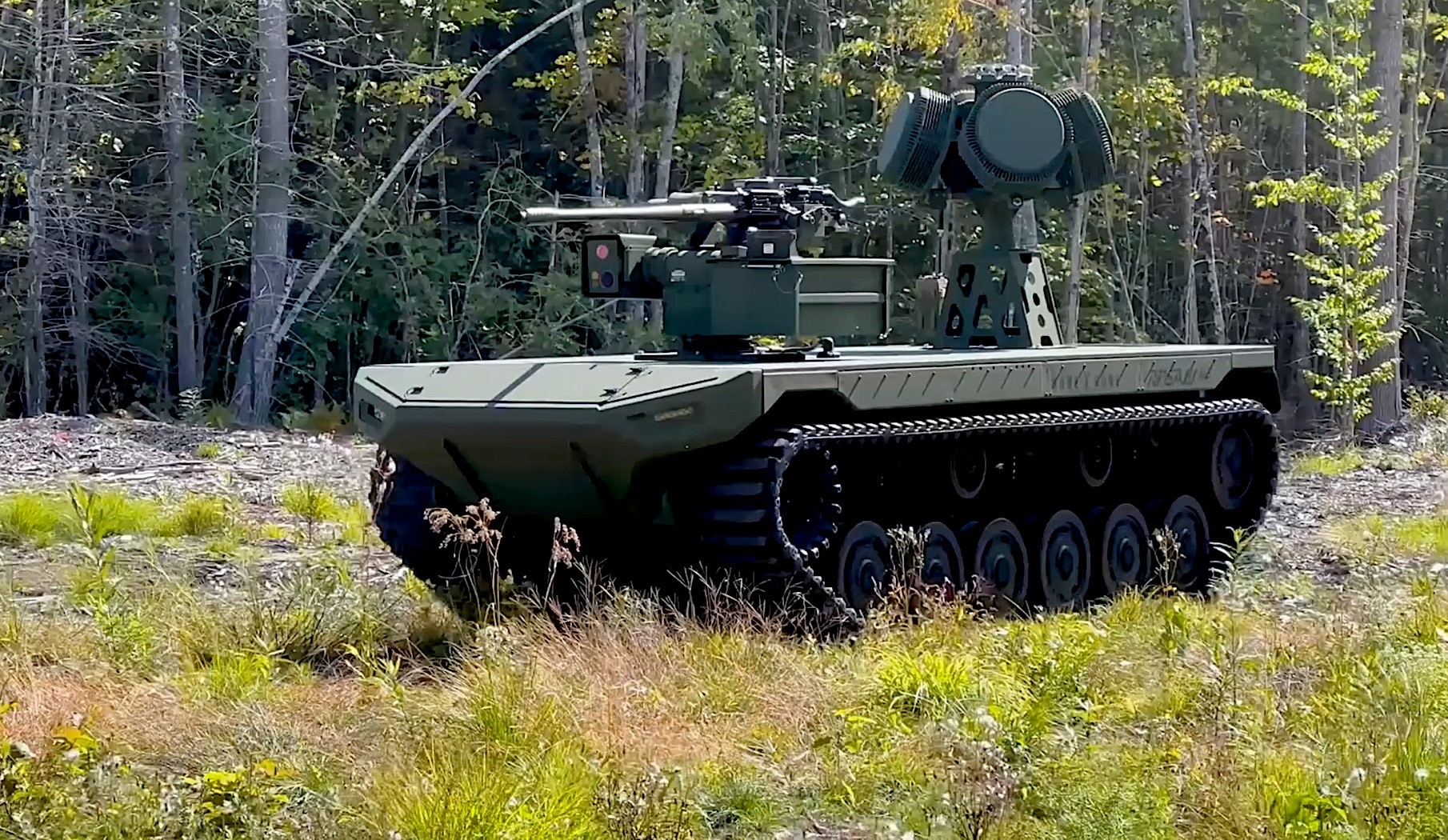The term “drone” is typically associated with aerial assets, but it’s gradually being applied to ground vehicles as well. While land-based drones are still relatively uncommon, their development is accelerating due to technological advancements and their proven effectiveness in conflicts like the war in Ukraine.
The U.S. military is actively involved in this field, with several programs aimed at producing uncrewed ground vehicles. One such program is the Robotic Combat Vehicle (RCV), which seeks to develop a versatile robot capable of performing tasks like reconnaissance, surveillance, and even combat operations.
The RCV program is a significant step towards the integration of unmanned ground vehicles into military operations. By developing a robot that can perform a wide range of tasks, the U.S. military can reduce the risk to human soldiers while maintaining operational capabilities.

Additionally, the RCV program has the potential to drive innovation in the field of robotics, leading to advancements that can be applied to other industries. As the RCV program progresses, it will be interesting to see how land-based drones evolve and become more integrated into military operations. With the potential for increased autonomy and capabilities, these vehicles could play a crucial role in future conflicts.
Textron’s Ripsaw, a tracked vehicle, is the first of its kind to incorporate the Kodiak Driver system. This groundbreaking system, previously exclusive to unmanned ground vehicles, grants the Ripsaw exceptional capabilities, including 360 degree visibility and autonomous navigation. Equipped with DefensePods, the Ripsaw can go through challenging terrains with remarkable precision, utilizing pre calibrated sensors to identify and avoid obstacles.
While the Kodiak Driver provides full autonomy, the Ripsaw also features a human-controlled Assisted Autonomy feature, allowing soldiers to remotely operate the vehicle. This dual-control system offers flexibility and redundancy, ensuring safe and efficient operation in various scenarios. The Ripsaw’s modular design further enhances its versatility, as damaged DefensePods can be quickly and easily replaced, minimizing downtime.
The Kodiak Driver system holds immense promise for future military applications, with Textron actively exploring its integration into both American and allied forces. The system’s advanced capabilities and adaptability make it a valuable asset for a wide range of missions, from reconnaissance and surveillance to logistics and combat support.

As part of the RCV program, the U.S. Army is investing a significant sum of $750 million over five years to develop this innovative land drone. The program aims to equip the Army with a cutting-edge capability that will revolutionize ground warfare.
While the exact number of RCV machines required for daily operations remains unspecified, the investment demonstrates the Army’s commitment to harnessing the power of unmanned technology.
The Ripsaw, with its integration of the Kodiak Driver system, represents a significant milestone in the development of autonomous ground vehicles. Its advanced features, modular design, and potential for future applications highlight the transformative impact that unmanned technology can have on military operations. As the RCV program progresses, the Ripsaw and its successors are poised to redefine the world of land warfare.

